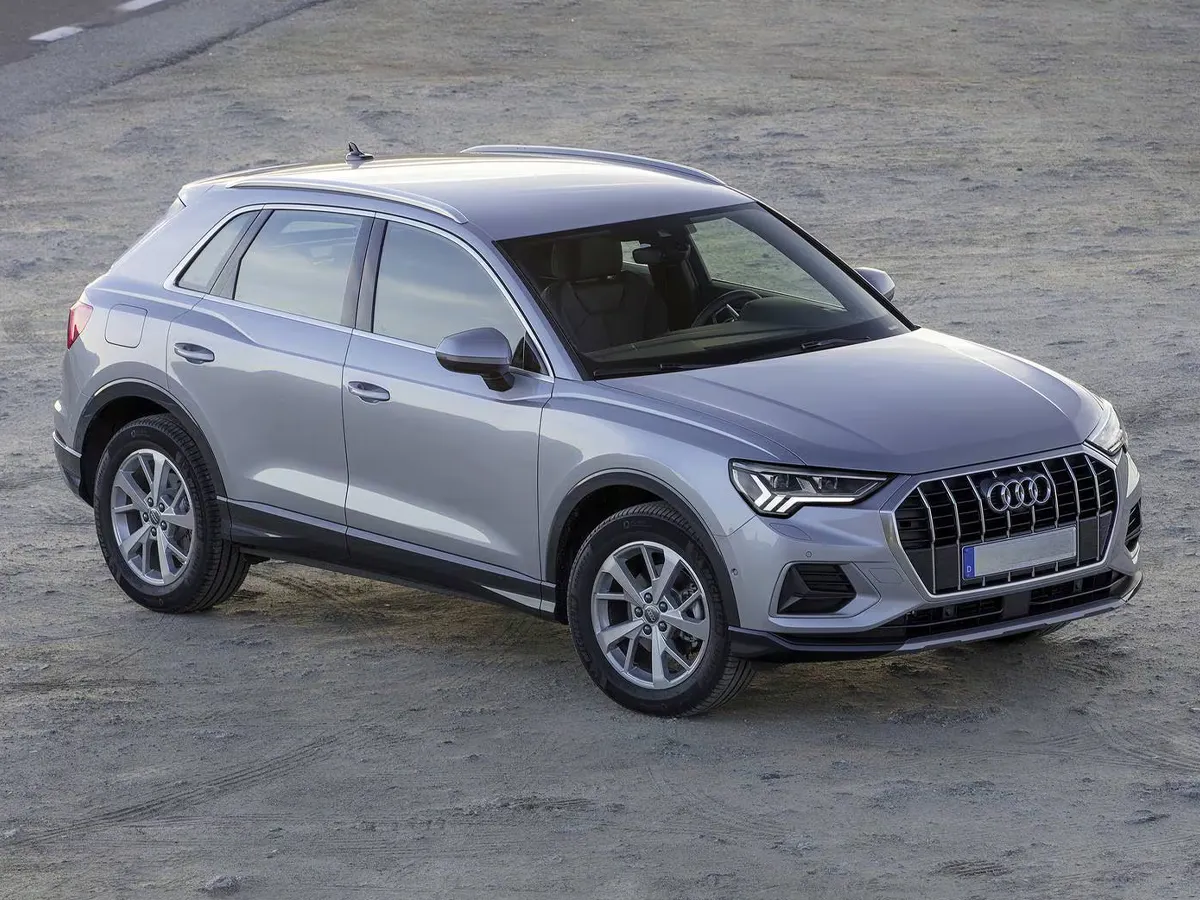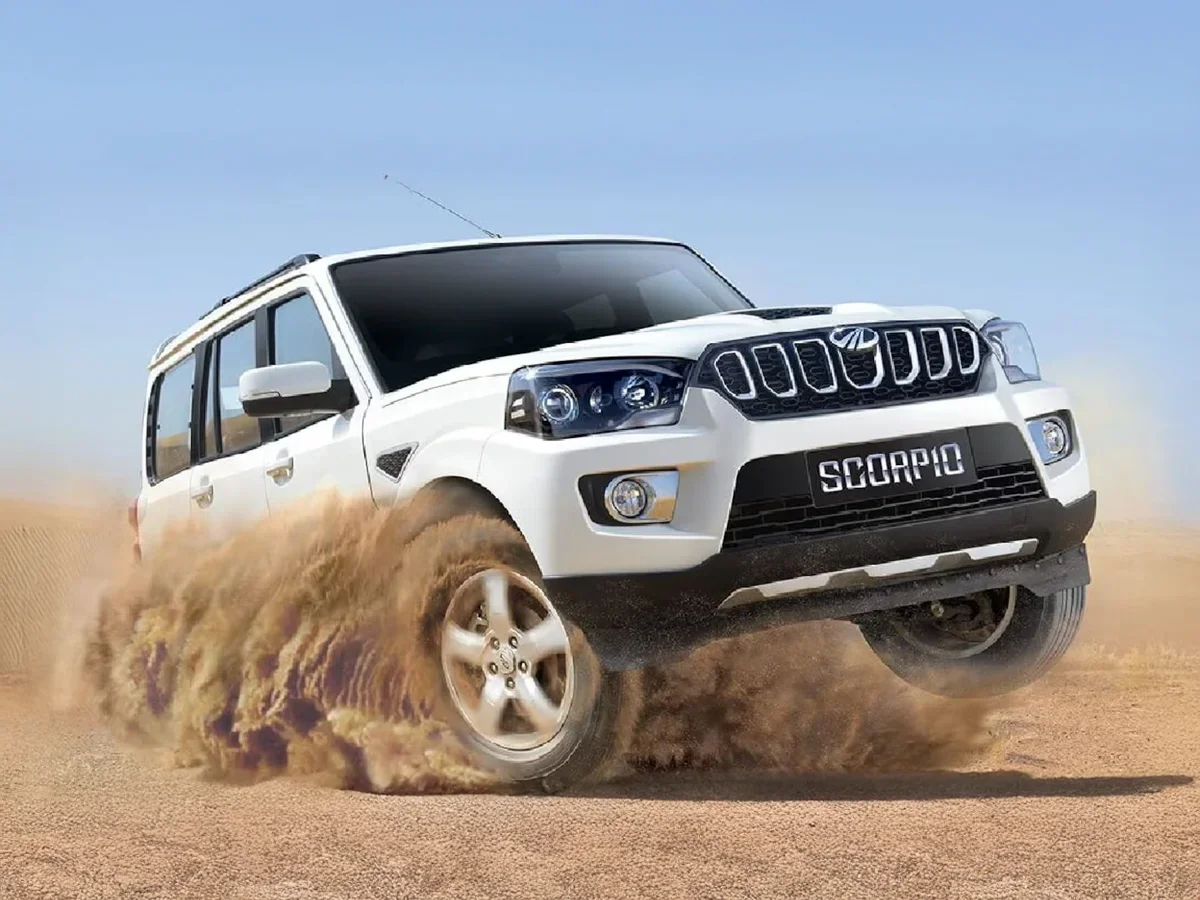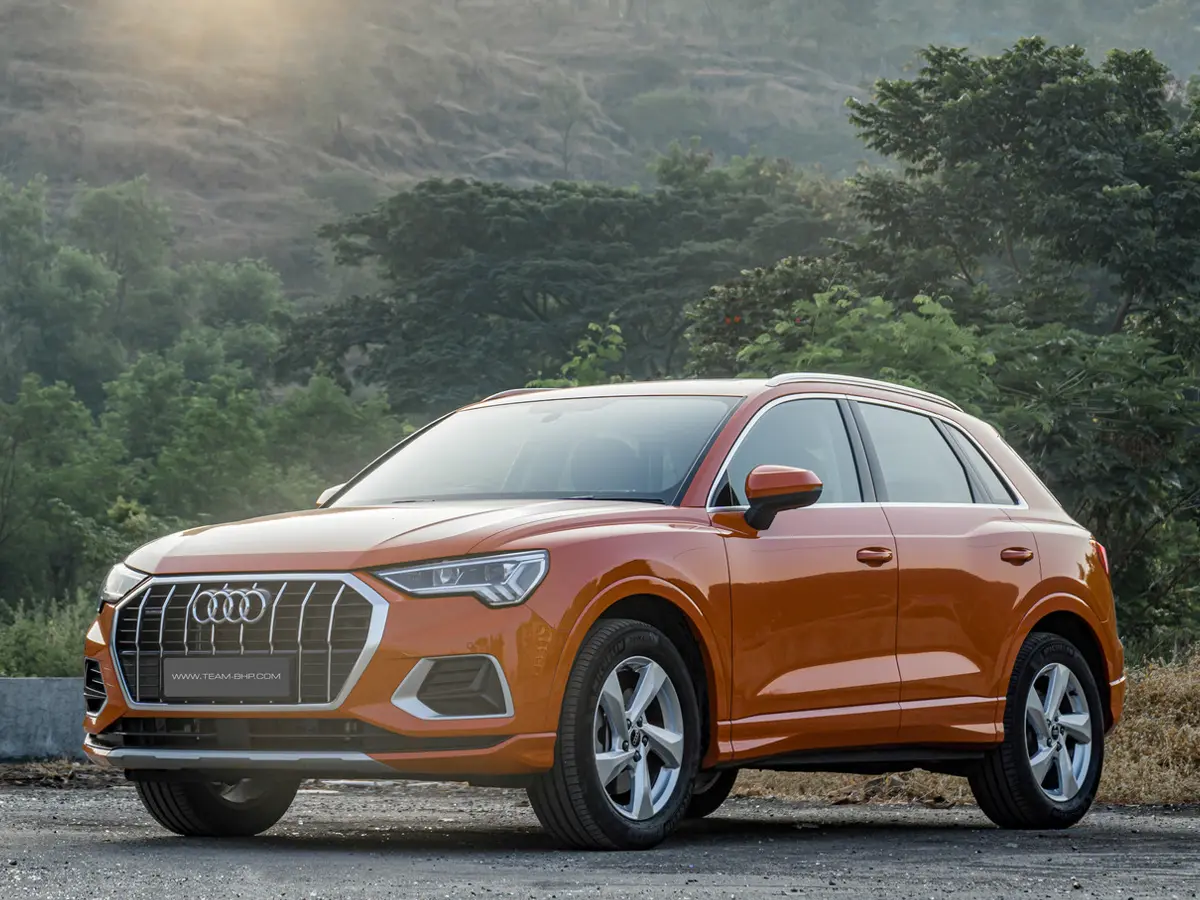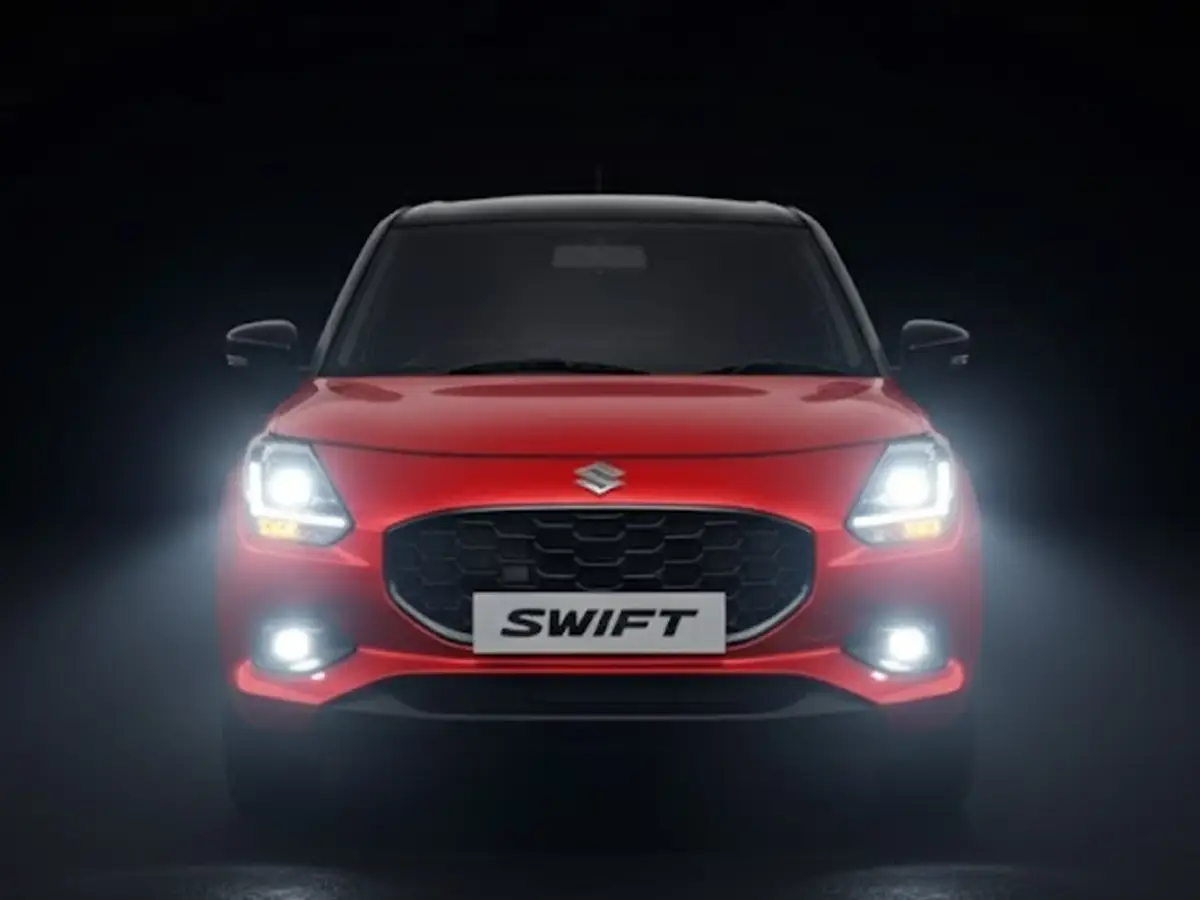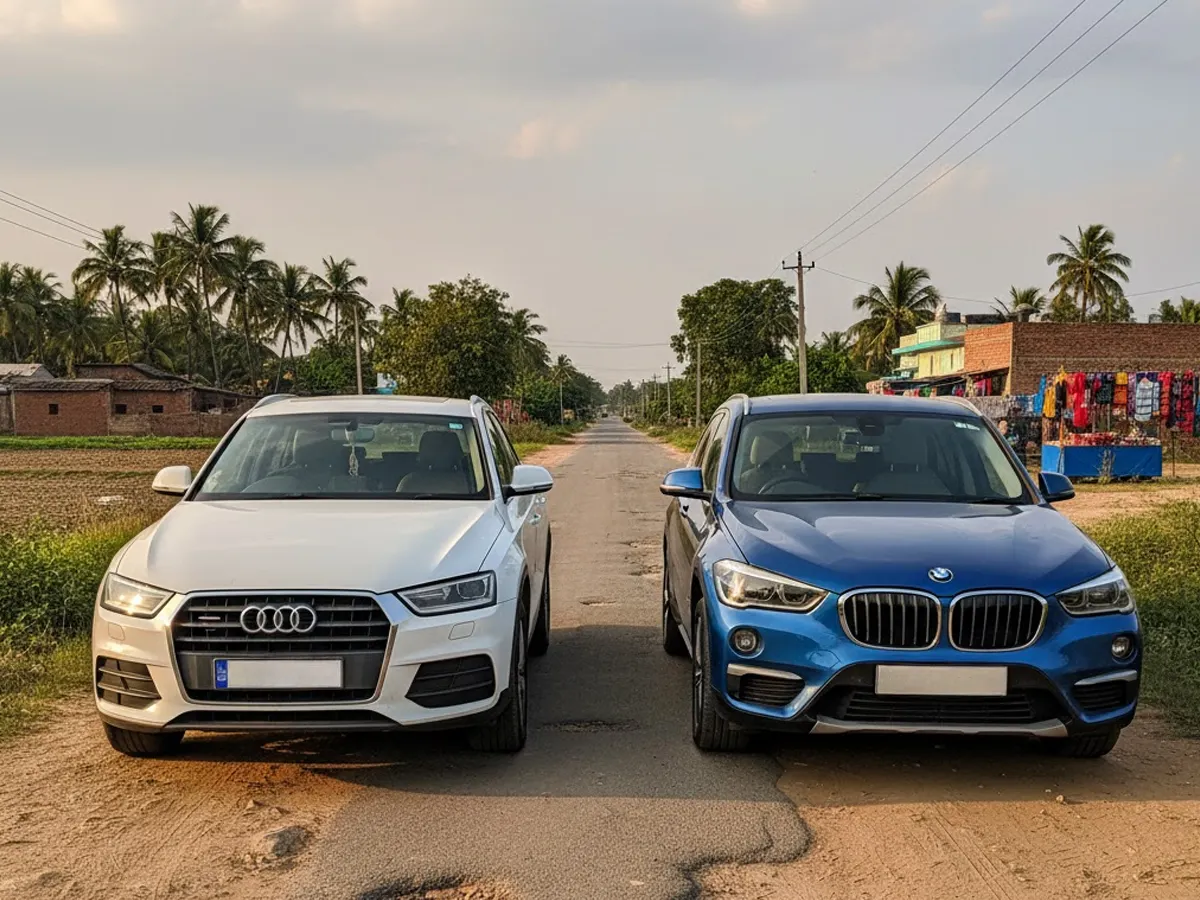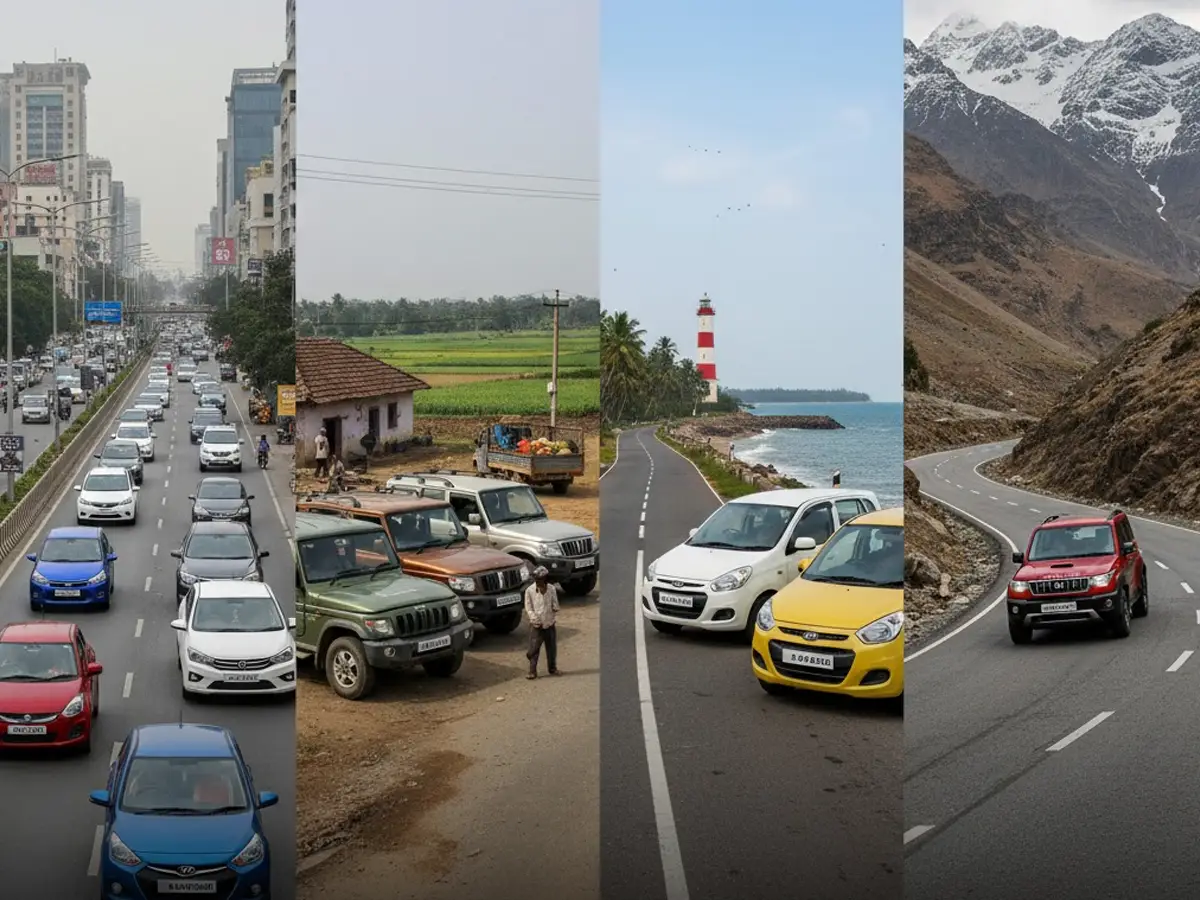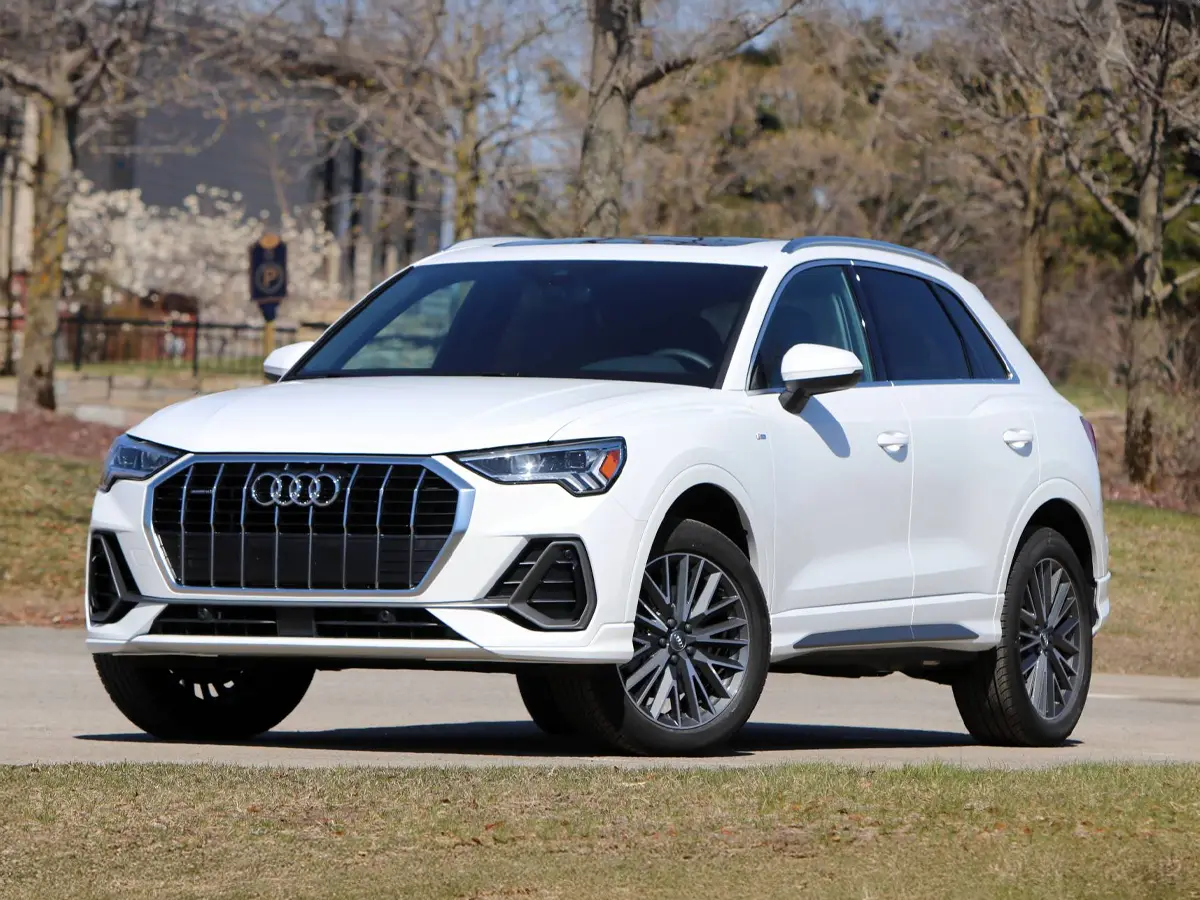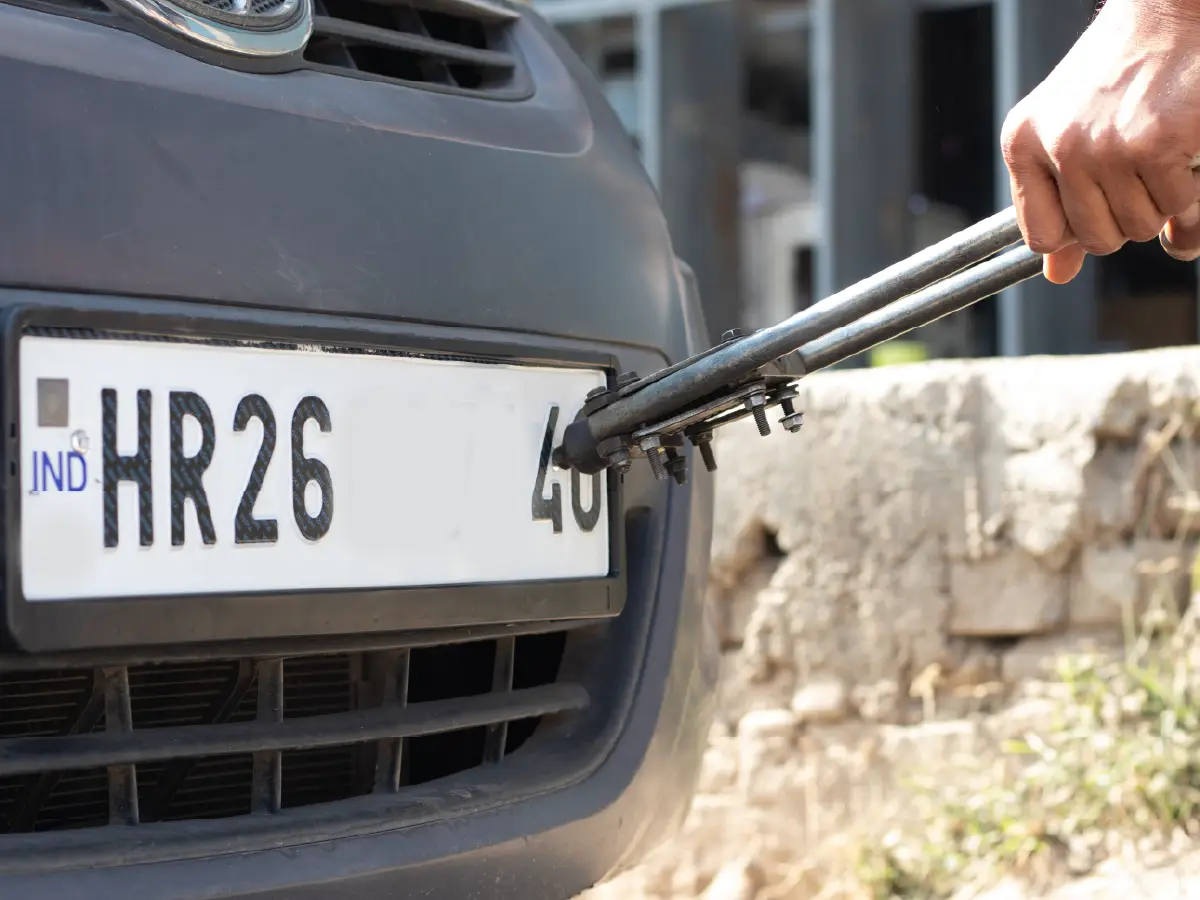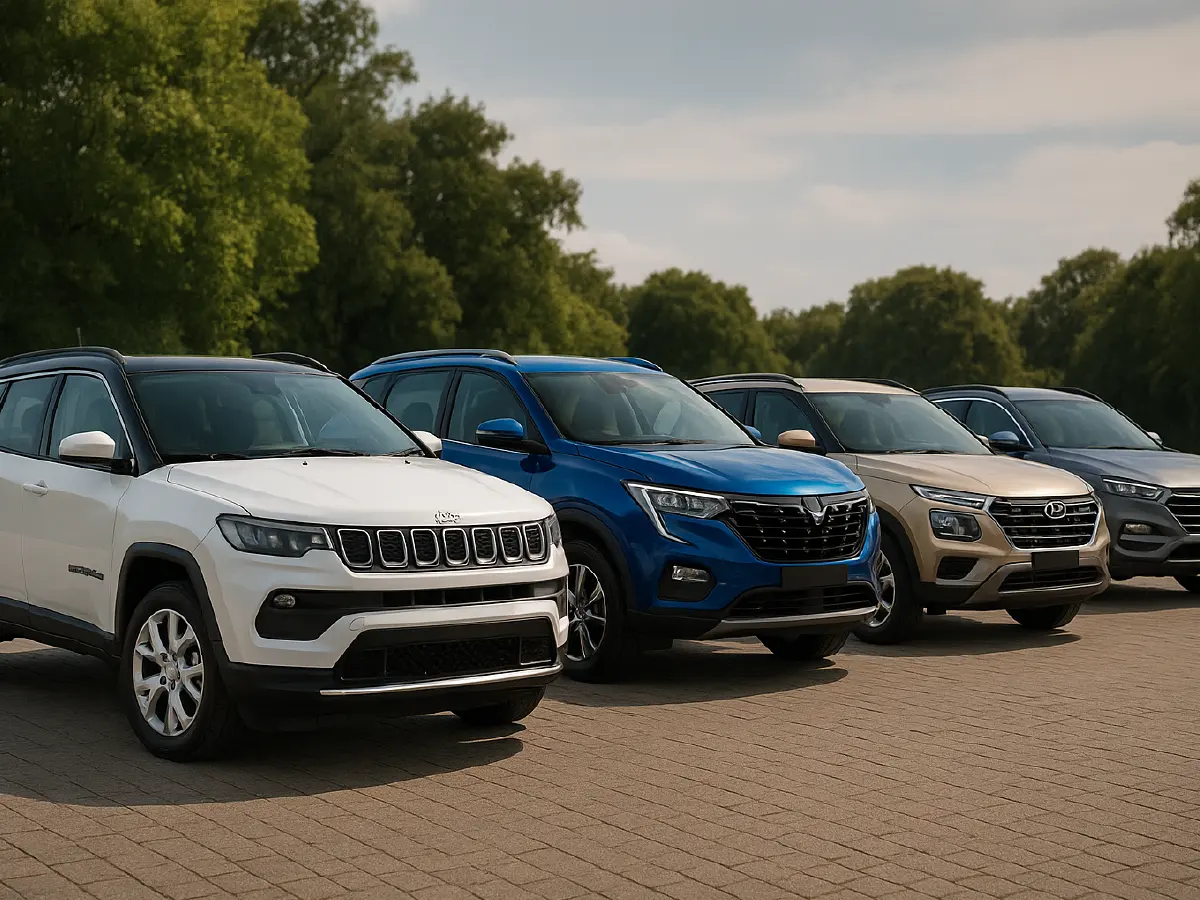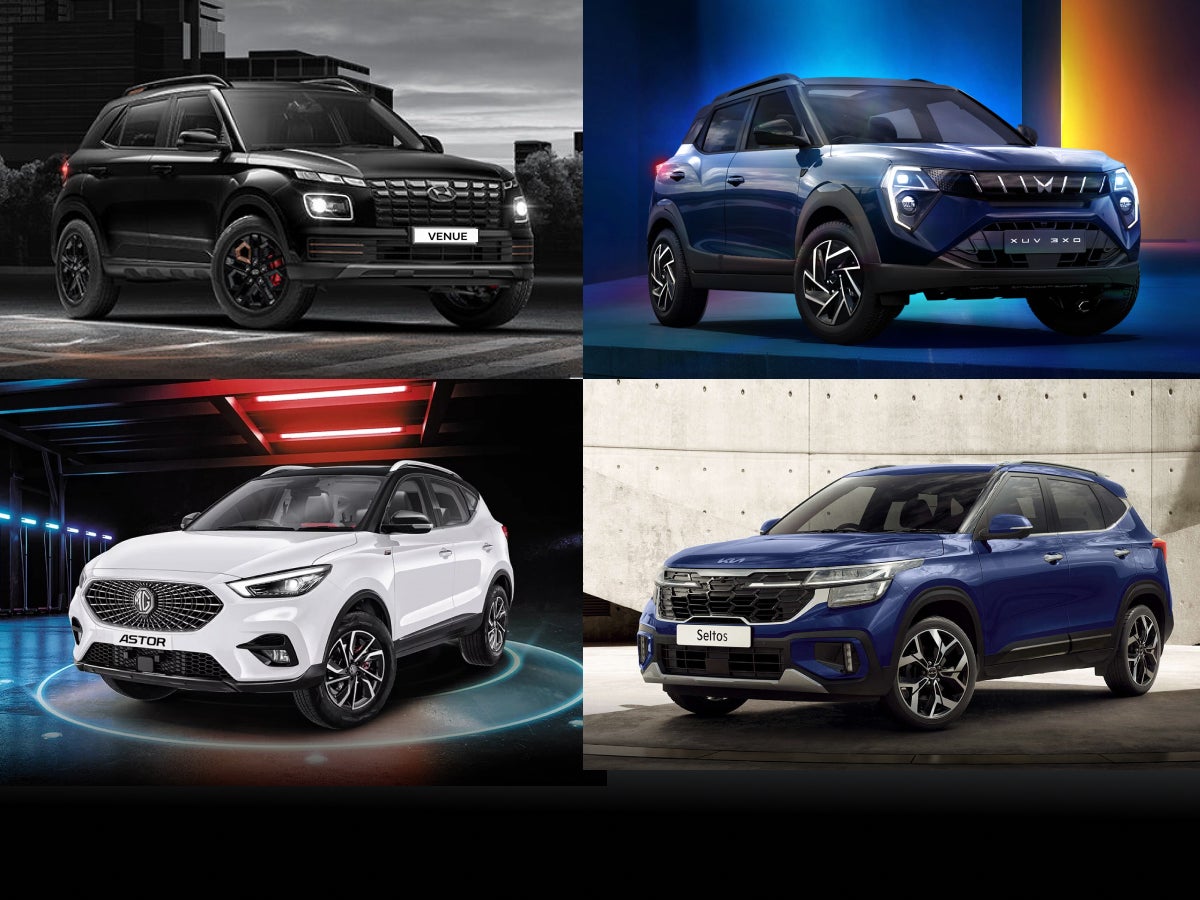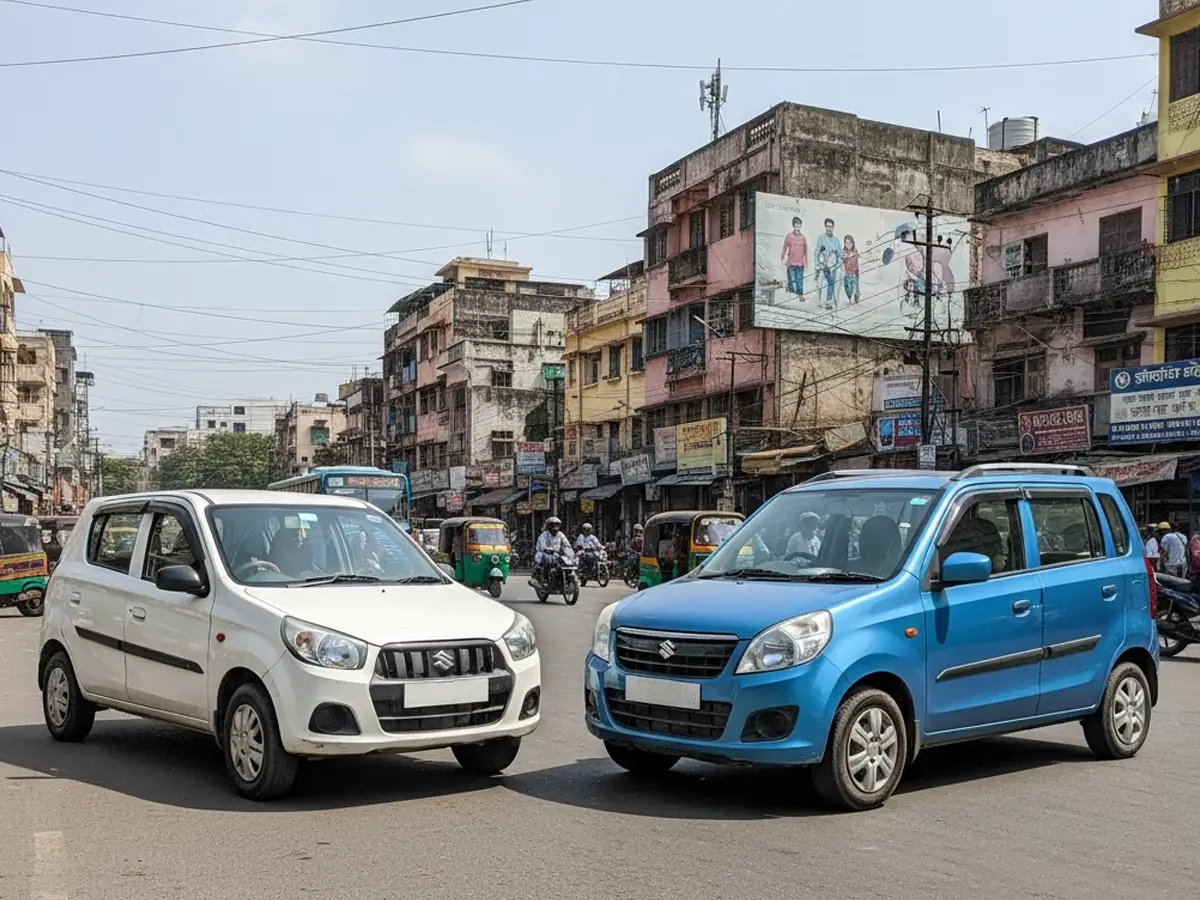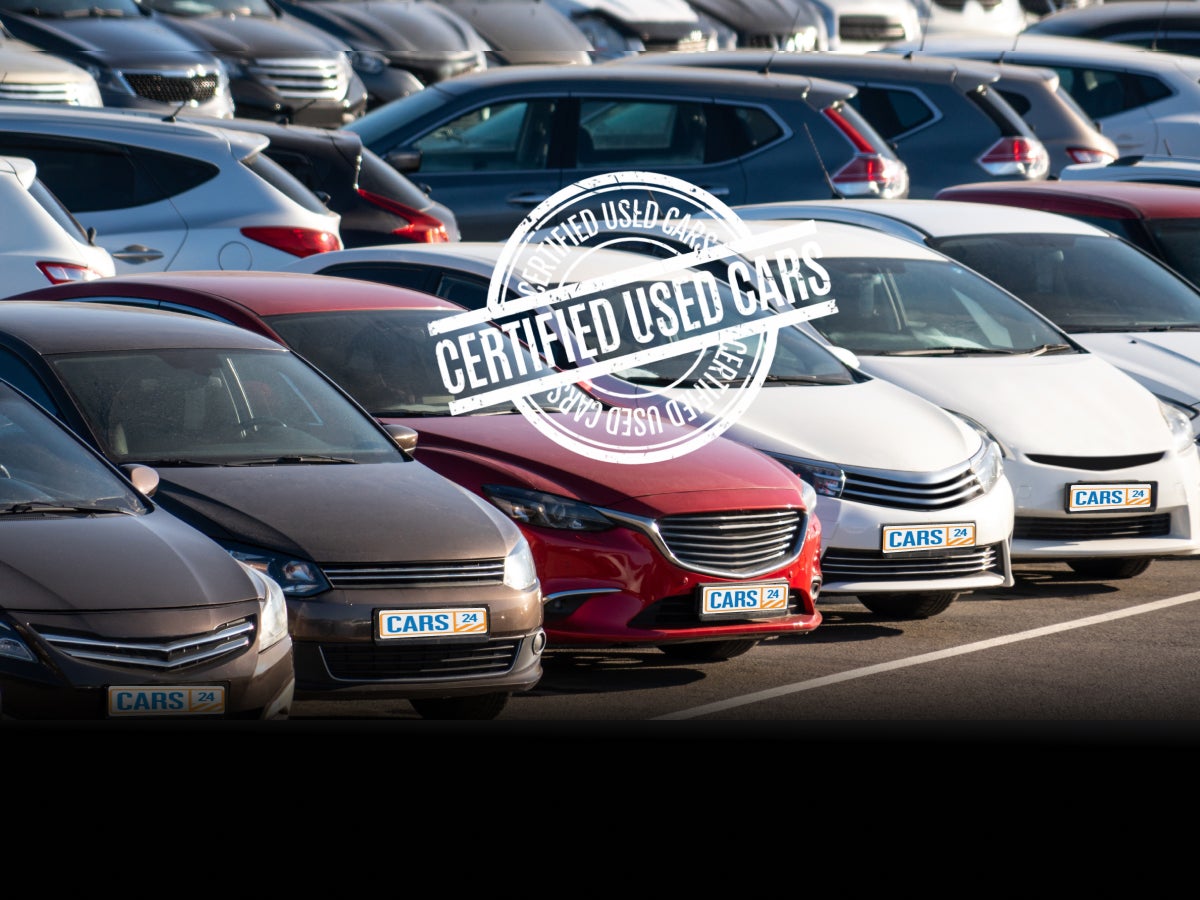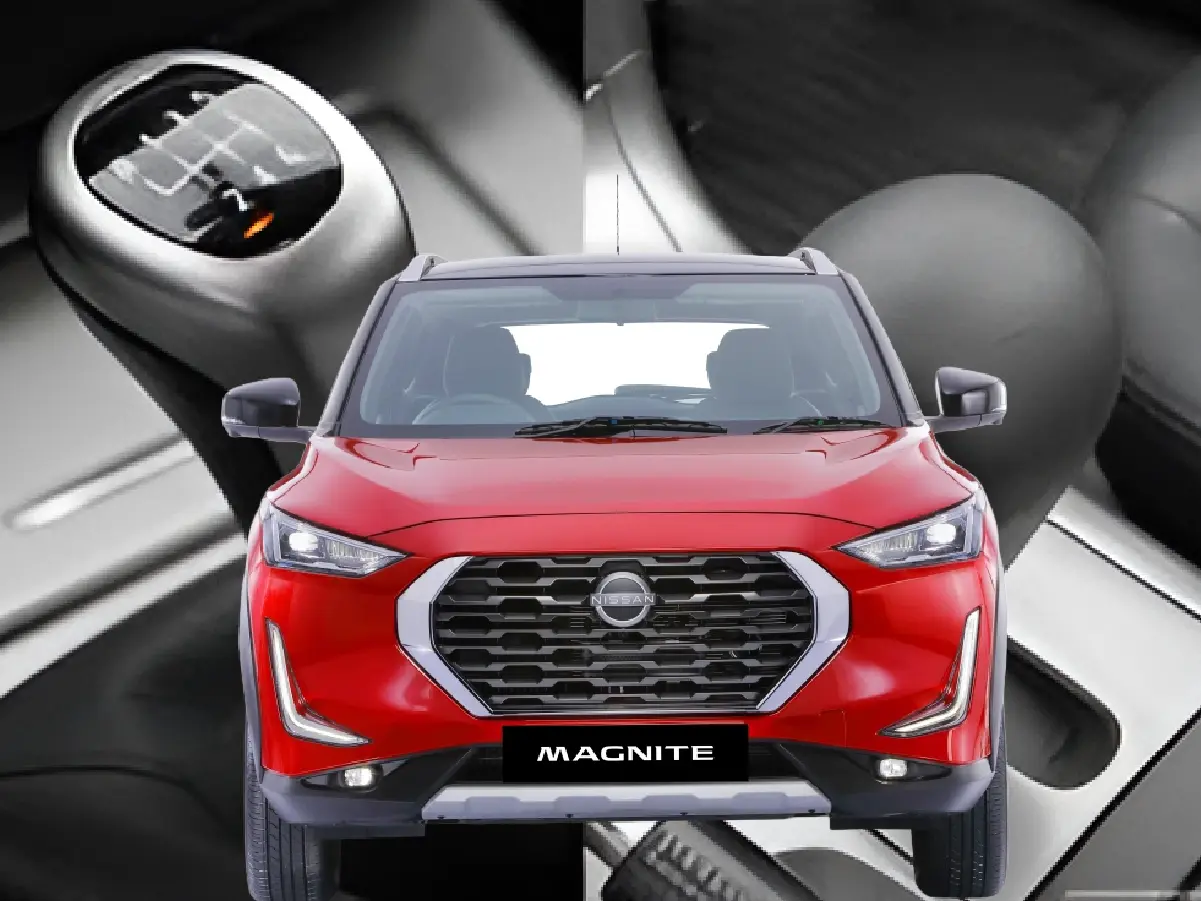

Automatic vs. Manual Transmission in Pre-Owned Magnite: Which is the Most Popular?
- 1Manual Magnite offers an engaging drive and lower purchase and maintenance costs
- 2Automatic (AMT/CVT) provides effortless city driving and a higher resale value
- 3Manuals are common in the used market, but automatics are gaining popularity
The Nissan Magnite is visually appealing and packed with features, but it was the modest price tag that made it an instant hit among budget-conscious buyers. Its value proposition gets a further boost if you’re considering a pre owned Nissan Magnite in good condition. But you can’t proceed to finding the best deals, if you haven’t yet figured out whether you want a manual or automatic transmission.
In this blog, we break down the real-world pros, cons, resale trends, and buyer preferences for each of these transmission systems to help you pick one that’s right for your lifestyle.
A Quick Overview of the Nissan Magnite
The Nissan Magnite entered the Indian sub-4m SUV segment in 2020 with impressive features and an aggressive price of ₹5.97 lakh, offering immense value for money. Customers considering the car in 2025 can now choose between 2 engine options: a 1.0-litre turbo petrol or a naturally aspirated 1.0-litre petrol engine.
One can also select from different types of transmissions, which include a 5-speed AMT for the NA engine, a CVT for the turbo engine, a 5-speed manual, or a new 5-speed automatic transmission. The modern safety features, infotainment system, and generous cabin space make the Magnite an ideal subcompact SUV for families and working individuals.
Automatic vs Manual Magnite (pre owned) Comparison
Both manual and automatic Magnite variants have their relative strengths. Manuals are usually less expensive and more fuel-efficient. On the other hand, automatics (AMT and CVT) are much more convenient in traffic jams. For a quick overview of the most important differences, have a look at the comparison table below.
| Feature | Manual Transmission | AMT (Automated Manual Transmission) | CVT (Continuously Variable Transmission) |
| Engine Options | 1.0L NA & 1.0L Turbo | 1.0L NA | 1.0L Turbo |
| Power Delivery | Direct, engaging | Convenient, slight lag | Smooth, responsive |
| Claimed Fuel Efficiency | 20 km/l (NA/Turbo) | 19.7 km/l | 17.7 km/l |
| City Driving Comfort | Requires frequent gear changes | Easy, creep function for traffic | Very smooth, best for urban use |
| Maintenance Cost | Lower | Slightly higher than manual | Highest among the three |
| Purchase Price (New) | Lowest | ~₹50,000 higher than manual | Highest |
| Availability (pre owned) | High | Increasing | Limited but growing |
Manual Transmission Magnite: Old-School Control
Here are some noticeable advantages and disadvantages of the manual Magnite:
Pros:
- Engaging Drive: The manual gearbox offers direct control, appealing to drivers who enjoy being involved in the driving experience. This control is easily visible during overtaking, steep climbs, or sharp descents.
- Higher Fuel Efficiency: In comparison with other variants, the manual Magnite stands out as the most fuel-efficient option, with a claimed mileage of 20 km/l.
- Lower Cost: The maintenance and servicing costs are lower in the manual Magnite, as it does not have complex components like clutch control modules. These lower figures make the manual variant attractive to budget-sensitive buyers.
- More affordable price tag: In the used car market, manual variants are priced ₹50,000–₹80,000 lower than their automatic counterparts. This is a huge plus if you're on a tight budget.
Cons:
- Tiring in traffic: Can be a wholesome for your arms in stop-and-go traffic, especially in metros.
Resale value: Slightly lower resale value compared to automatic trims in city markets.
Automatic Transmission Magnite: Easy, Urban, and on the Rise
In automatic transmission, you have two options: the newer AMT (added to the 1.0L NA petrol engine in 2024) and the more refined CVT, offered with the 1.0L turbo-petrol engine. Here are the pros and cons of both variants:
Pros:
- Effortless to drive in traffic: The CVT version glides through stop-and-go traffic with ease, offering a completely clutch-free experience.
- Comfort on long drives: The turbo-CVT combo feels silky smooth on highways and urban roads, reducing fatigue and providing a quieter, more serene drive.
- Higher resale value: If you’re planning to sell the car later in the future, you will be able to get a better price for an automatic Magnite, as the user preferences are shifting more towards automatics.
- User-friendly for all types of drivers: Whether it's your first car or a family member's daily runabout, AMTs and CVTs make the learning curve much shorter.
Cons:
- Lower fuel efficiency: Though it’s nothing major, automatic transmissions will give you a slightly lower mileage by 2-3 km/l in real-life driving situations.
- Higher initial cost: Even in the second hand market, automatics cost more, CVT models often command ₹60,000–₹1 lakh more, depending on variant and mileage.
CVT lag under aggressive acceleration: If you like to drive fast or take corners sportily, you might realise there is a slight gap between pressing the accelerator and input.
Used Magnite Automatic vs Manual: Popularity Trends in India
Here’s a quick glimpse at the popularity trends between both options:
Manuals Still More Common:
Right now, you'll find more manual Magnite models in the used car market. That's because they sold more when the Magnite first launched and were cheaper to buy.
Automatics Are Catching Up:
More people are opting for automatic transmissions these days, especially in large cities where traffic is a significant hassle. The AMT automatic is gaining popularity, especially because it's affordable and makes city driving easier.
Who's Buying What?
Younger buyers and those living in metropolitan areas are opting for automatics for convenience. On the other hand, buyers in smaller towns or those who prefer tried-and-tested options still lean towards manuals because they're seen as more reliable and cheaper to run.
What's Changing?
As more new Magnite automatics are sold, we'll see even more of them in the used car market in the coming years. So, the supply gap between manuals and automatics is getting smaller over time.
Automatic vs Manual Magnite: Which One Should You Buy? (Comparison Table)
Here’s a quick decision table to help you choose the right pre owned Magnite variant for your needs:
| Criteria | Manual Magnite | AMT Magnite | CVT Magnite |
| Driving Experience | Engaging, sporty | Easy, city-friendly | Smooth, refined |
| Fuel Efficiency | Highest | Nearly as good as a manual | Slightly lower |
| Maintenance Cost | Lowest | Moderate | Highest |
| Purchase Price (Used) | Lowest | Slightly higher | Highest |
| Availability (Used) | Most common | Increasing | Limited but growing |
| Best For | Enthusiasts, budget | Urban commuters, learners | Comfort seekers, city use |
| Resale Value | Traditionally higher | Improving | Good, especially in cities |
Final Words
Both manual and automatic versions of the pre owned Nissan Magnite have their strong points. If you enjoy being more involved in driving, want better fuel efficiency, and want to save on maintenance costs, the manual is a good pick. If you spend a lot of time in city traffic and want an easier drive, the automatic, especially the AMT, makes life simpler. The CVT is the most comfortable and smooth, perfect if you're looking for a more premium feel.
Frequently Asked Questions
Expand all